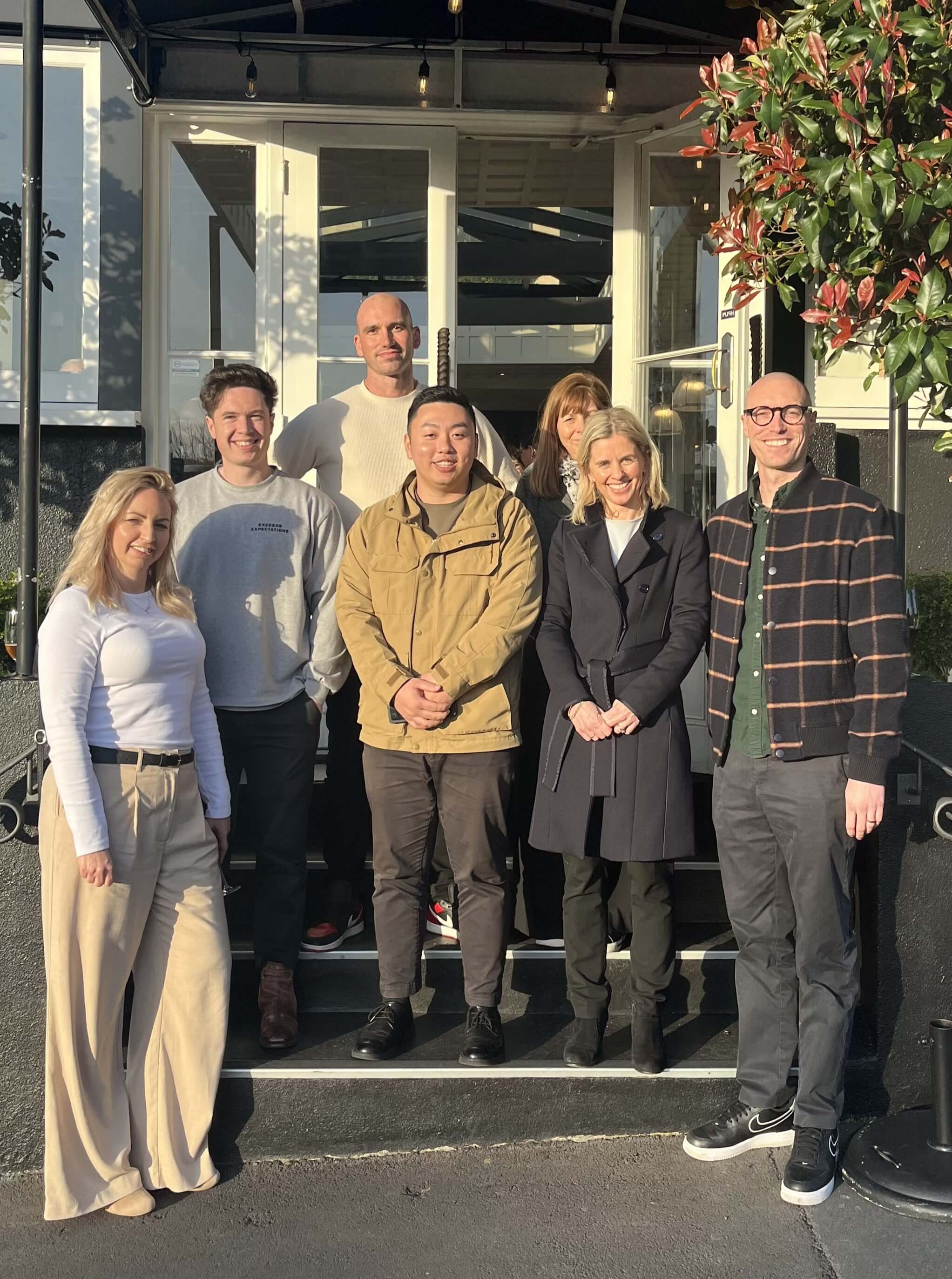Serko provides corporate travel and expense management solutions, helping businesses manage their travel programs more efficiently. Their recent acquisition of GetThere, an online booking platform, expands their global operations and brings new opportunities for growth.
Now felt like the perfect chance to catch up with the team to hear how they avoid tripping over each other amongst the complexities of a major acquisition and what tech solutions they're been trying and enjoying.

Could you provide a brief overview of your team and the role you play within Serko?
Our team supports governance, legal, risk, compliance, and privacy matters for Serko as a global technology business that’s publicly listed on the NZX and ASX.
As a high growth company with ambitious goals, there’s always something big (often multiple things) that the business is working on, and our role is to partner with the business to help drive commercial outcomes.
This year we supported contract renewal negotiations with Booking.com where Serko signed a 5-year deal as the global platform provider for Booking.com for Business – which continues to be the main driver of revenue growth for Serko.
Our team was also heavily involved Serko’s recently announced acquisition of a US business called GetThere, which operates a global corporate booking tool, and entry into a strategic partnership with Sabre, one of the world's largest Global Distribution Systems, as part of Serko’s expansion in the US market.
In-house legal are known to 'put out fires before they begin'. How does an in-house team mitigate and foresee risk before it arises?
A lot of that comes down to strong business partnering to ensure there is effective communication and shared understanding on what issues require management or support from the legal team.
If in-house teams are involved early, they can spot the issues themselves before they develop—but teams don’t have the capacity to review everything that goes on, nor would the business want them to.
In terms of your fire analogy, a better solution is for us to work with and educate the business so that they ‘buy into’ a common understanding of which materials are safe and which are flammable. This way, our team can step in to help manage safety precautions at the appropriate time and avoid unnecessary fires.
What strategies do you use to demonstrate the value of the legal team's work to other departments and senior leadership?
Internally, the business is currently using an 'OKR' or Objectives and Key Results framework so we’ve adopted this framework to set our team goals and report on outcomes for the fiscal year.
For our team, we define an overall Objective for each area of Governance, Commercial Legal, Risk and compliance, and Privacy. Then, we set three Key Results for each Objective and outline the initiatives we will take each quarter to deliver those outcomes.
When used this way, the OKRs framework provides us with reportable metrics and a clear programme of work. To ensure that other departments and senior leadership value the outcomes we’re working towards, we consult with Executives and incorporate feedback before OKRs are set.
We also send out bi-annual surveys to measure stakeholder feedback on the performance of the legal team. This helps us identify and follow up on any areas where there is a disconnect between the effort we’re putting in and the perceived value of that effort.
What challenges are on the horizon for the team, and how is your team preparing to meet them?
With the acquisition of GetThere and the strategic partnership with Sabre now signed and announced, supporting close of the acquisition and our post-merger integration will be our no #1 priority for a while.
There’s a lot to think about with new offices in the US and India and a global customer base coming into the company. We’ll prepare for this under a formal programme of work for the integration and we’ll also need to plan and communicate well within the team to avoid tripping over each other!
Are there any innovations or technologies you have introduced or are planning to introduce soon?
We have a few tools for the team, like Juro, a contract automation tool which we use for basic contracts like NDAs and template customer agreements, and Practical Law, an online legal know how service with high quality peer reviewed resources.
We’re always on the lookout for a better way of doing things and we're currently looking at adopting a new tool called Protecht, which is our preferred Enterprise Risk Management (ERM) system to replace offline use of Excel and Word docs.
Another tool that we are looking at is Colossyan, an AI video platform for workplace learning. Our team is hoping to partner with our Technology team to procure this for generation of internal training modules by an AI engine to deliver training on internal policies and practices. One of the key drawcards for us is that the avatar can deliver the training in multiple languages, so for the first time our team could deliver training content for our staff in China and India in their preferred language.
Ngā mihi nui to the Serko legal team for sharing their insights into how in-house legal can create value with practical solutions and meaningful collaboration.
If you know a team or individual with experiences to share, from any sector or area of in-house legal practice, we’d love to hear from you. We’re always keen to showcase the experience and expertise within Aotearoa's in-house legal community.